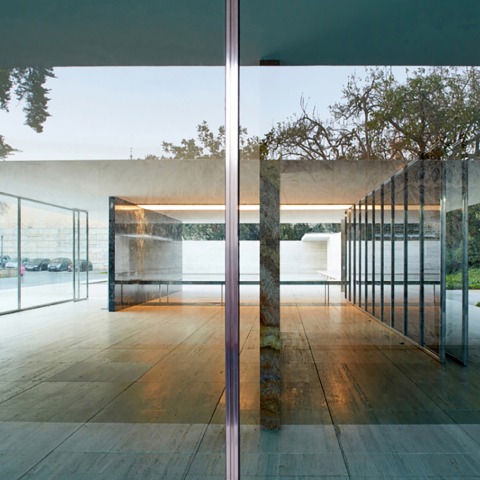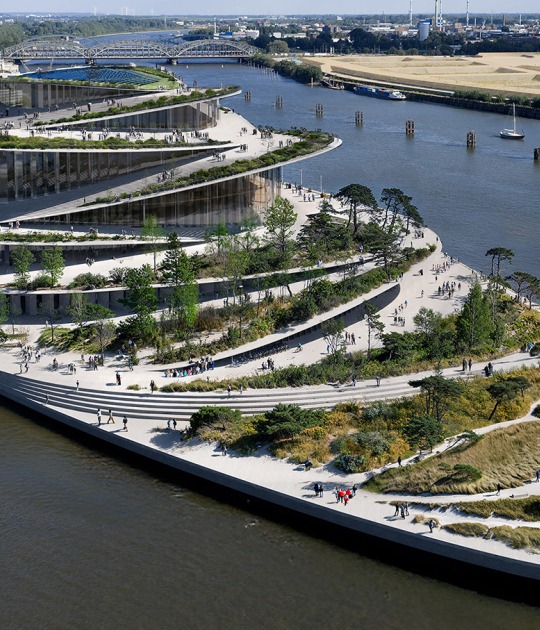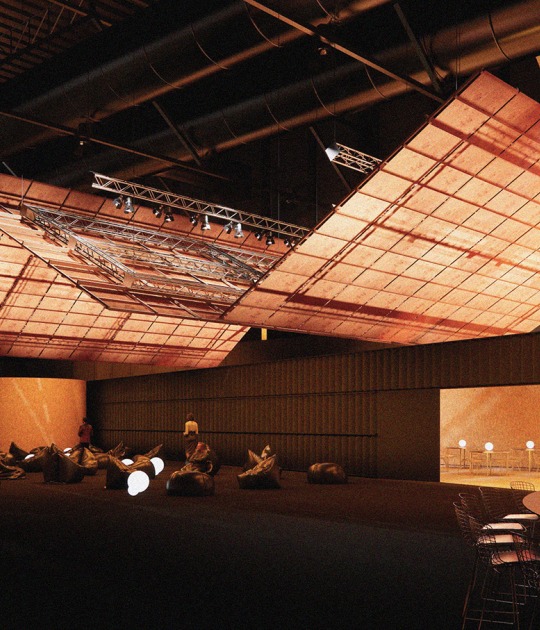The performance and research that resulted from the first edition, which can be visited in the Pavilion until 15 July 2020, is a material response to the pervasive invisibility of Lilly Reich’s work. Re-enactment reconstructs two display cases, as the ones designed by Lilly Reich for the International Exposition of 1929 and transforms the spatial experience of the Pavilion in an unusual way, thus reclaiming its connection with Lilly Reich’s work on the Noucentista Palaces of Montjuïc.
For the first time, the work of the german designer has been made visible through a historical and documental reconstruction that brings together letters, photographs, patents, blands, plans and projections, some of them unpublished, from different archives and private collections.
The grant, that bears the name of the pioneer of desing and architecture in recognition to her legacy, relegated to a second place, if not non-existent, in the story and memory of architecture, aims to promote the study, dissemination and visibilisaton of contributions to architecture that have been unduly relegated or forgotten, made by professionals who have suffered discrimination because of their personal circumstances. It also seeks to promote equal acces to the practice of architecture everywhere.
For the first time, the work of the german designer has been made visible through a historical and documental reconstruction that brings together letters, photographs, patents, blands, plans and projections, some of them unpublished, from different archives and private collections.
The grant, that bears the name of the pioneer of desing and architecture in recognition to her legacy, relegated to a second place, if not non-existent, in the story and memory of architecture, aims to promote the study, dissemination and visibilisaton of contributions to architecture that have been unduly relegated or forgotten, made by professionals who have suffered discrimination because of their personal circumstances. It also seeks to promote equal acces to the practice of architecture everywhere.
In a 3-minute video, Toni Mira guides us through the transformed space of the Pavilion, the elements that transform it and what they contain.
The camera always focuses on a new element, shots that would not have been possible without the intervention, and plays with the magic of transparencies, reflections and vanishing points that tempt us to inhabit the space and transcend its immobility with the movement of the body with music recovered from his old show "Mies".
SEE THE RULES FOR THE CALL: here
“We are thrilled to present the new call of the Lilly Reich Grant for equality in architecture, and we are especially happy to include the teenage community in this fight for equality through research and knowledge”
Anna Ramos






























